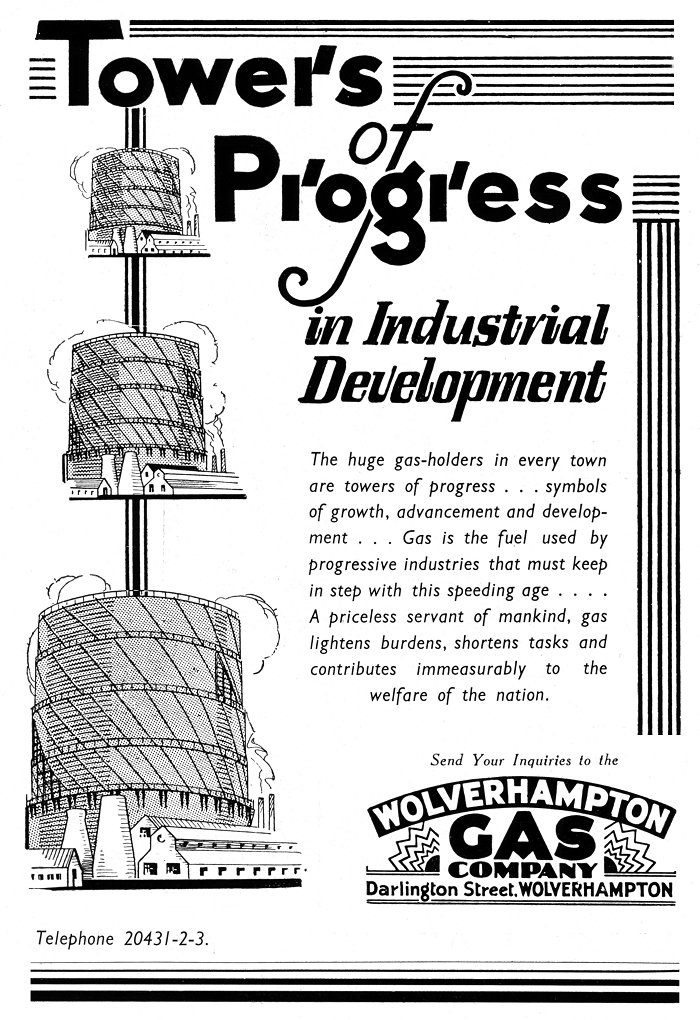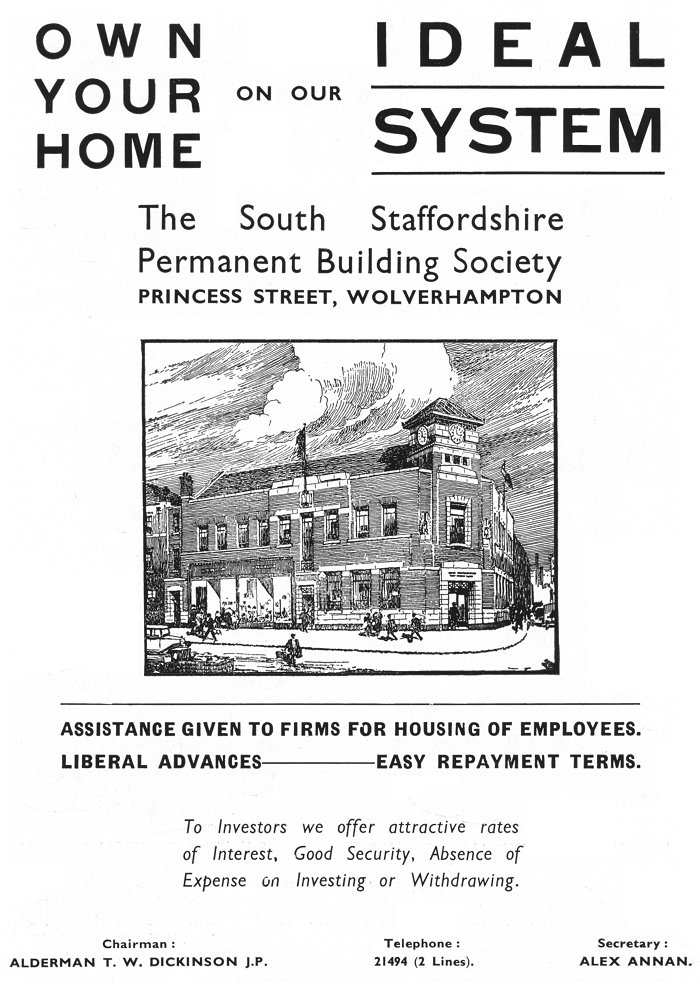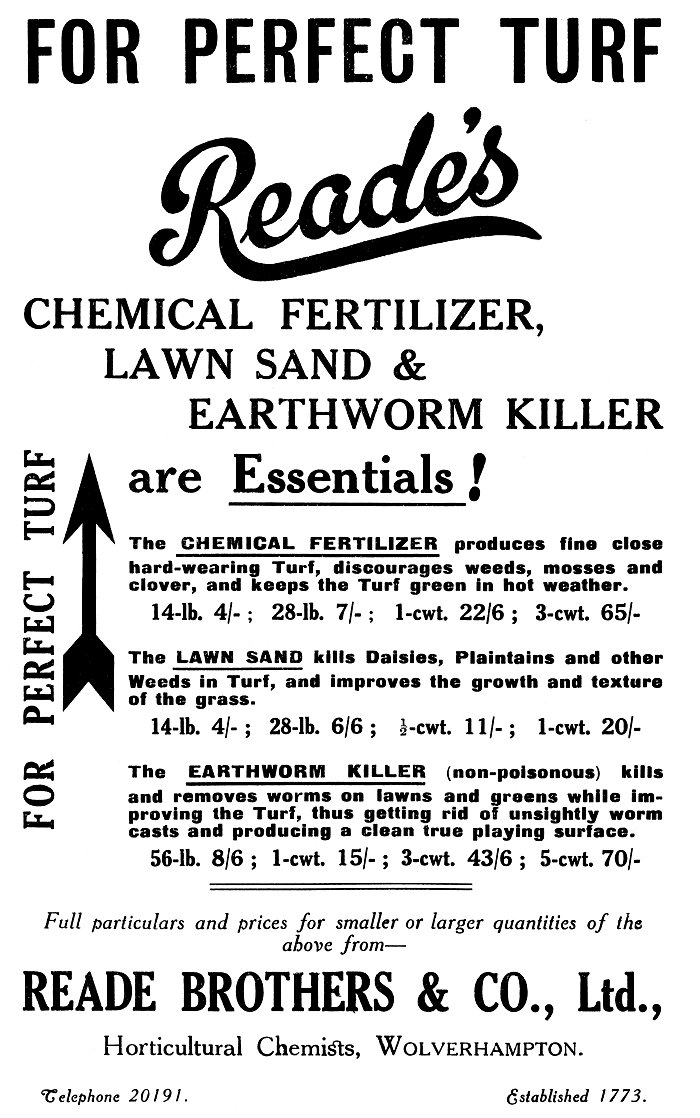| The 1930s were a time of recession, unemployment and
hardship for many. By 1932 there were almost 3.5 million
people out of work, because many of the traditional
industries were no longer competitive in the post World
War One international market. The West Midlands faired
comparatively well at this time because of the many new
industries that appeared and provided much needed
employment. As the decade progressed, wages increased
and the price of food fell. There was better housing as
slums and overcrowding largely disappeared, thanks to
the large number of new houses that were built.
People’s expectations improved and cinemas flourished
in every local town, as did dance halls for the young.
After the passing of the 1938 Holidays with Pay Act,
seaside resorts became very popular for summer holidays.
Shopping centres thrived and people were more mobile
because of better public transport.
Towards the end of the decade, the outbreak of war
looked inevitable and so many local industries increased
production in readiness for the terrible conflict that
was to follow. Jobs were plentiful and many people
worked longer hours. The standard of living greatly
increased until the hardship of war began to
predominate. |
|

The gas showroom was built in 1880
in Darlington Street, on the corner of Waterloo Road. |
|

The gas showroom in the mid 1930s. |

A corner of the gas showroom after
the remodelling and extension in 1929. It remained in
use until 1938 when it was replaced by the building that
is still there today. The new showroom opened in 1940
and was designed by local architects Lavender and
Twentyman. The building, which is known as Clock
Chambers is locally listed and now contains a shop and
offices. |

An advert from 1938.

The gas-powered heat treatment
shop at Henry Meadows Limited in Park Lane, engine and
gearbox manufacturers. |

Gas appliances in the late 1930s,
for the works canteen at J. E. Jenks and Cattell
Limited, metal stamping, Neachells Lane, Wednesfield.. |

A fine view of Queen Square with
J. Lyons & Company's restaurant on the left, next to the
mock-Tudor Shakespeare pub, an Atkinsons house, followed
by the popular Reynolds restaurant, and the premises of
Alfred Hall and Son, one of the town's most expensive
tailors. |
|

The view in the opposite direction
with Barclays Bank on the left, St. Peters Gardens and
the Art Gallery. |
|

A close-up view of the Art Gallery, which
opened in 1884. |

Another view from Queen Square,
with Lich Gates on the left, St. Peter's Church in the
background and Barclays Bank. |

An evening view of Queen Square
looking towards Montague Burton Limited, tailoring, next
to
Darlington Street. On the left is Craddock Brothers
Limited, shoe shop. |
|

A fine painting of Queen Square,
from the 1930s Wolverhampton Official Handbook. |
|

The Town Hall in the 1930s. |

The South Staffordshire Permanent
Building Society at 34 Princess Street, on the corner of
King Street. The premises opened in 1921 when the firm
rented the building, which the society bought in 1922.
The building (in 2023) now houses a betting shop. |
|

The Heath Town swimming baths,
library and public wash house, opened on the 16th
December, 1932. |
|

Heath Town Library. |

Wolverhampton Girls' High School,
Tettenhall Road, opened in September 1911 with 180
pupils. It was built at a cost of £18,500 by Henry
Lovatt of Darlington Street and originally had five
classrooms, an assembly hall, a physics laboratory, a
lecture theatre, a preparation room, cookery and dining
rooms on the ground floor, with nine classrooms, a
chemical laboratory, a lecture theatre, a preparation
room, an art room, and a library on the first floor. |
|

The grandstand at Dunstall Park. |

Reade Brothers began in King
Street and soon moved to Victoria Street, roughly
opposite were the derelict Beatties store now stands. On
the 1st December, 1893, the firm purchased the large
building in Cleveland Road, now known as the Dixon’s
building. The firm was extremely successful until the
formation of the National Health Service in 1948
which greatly changed the patent medicine industry,
leading to a decline in sales.
The firm decided to sell the
Cleveland Road premises and move into a smaller building
in nearby Sharrocks Street. The firm continued in
business until one of the directors, Mr. J. L. Scott, an
experienced chemist who was in charge of research and
development, retired in 1972. |
|

The Royal Orphanage scouts and
cubs in 1936. |
|

The Royal Orphanage senior girls
in 1936. |
 |
Return to
the
previous page |
|